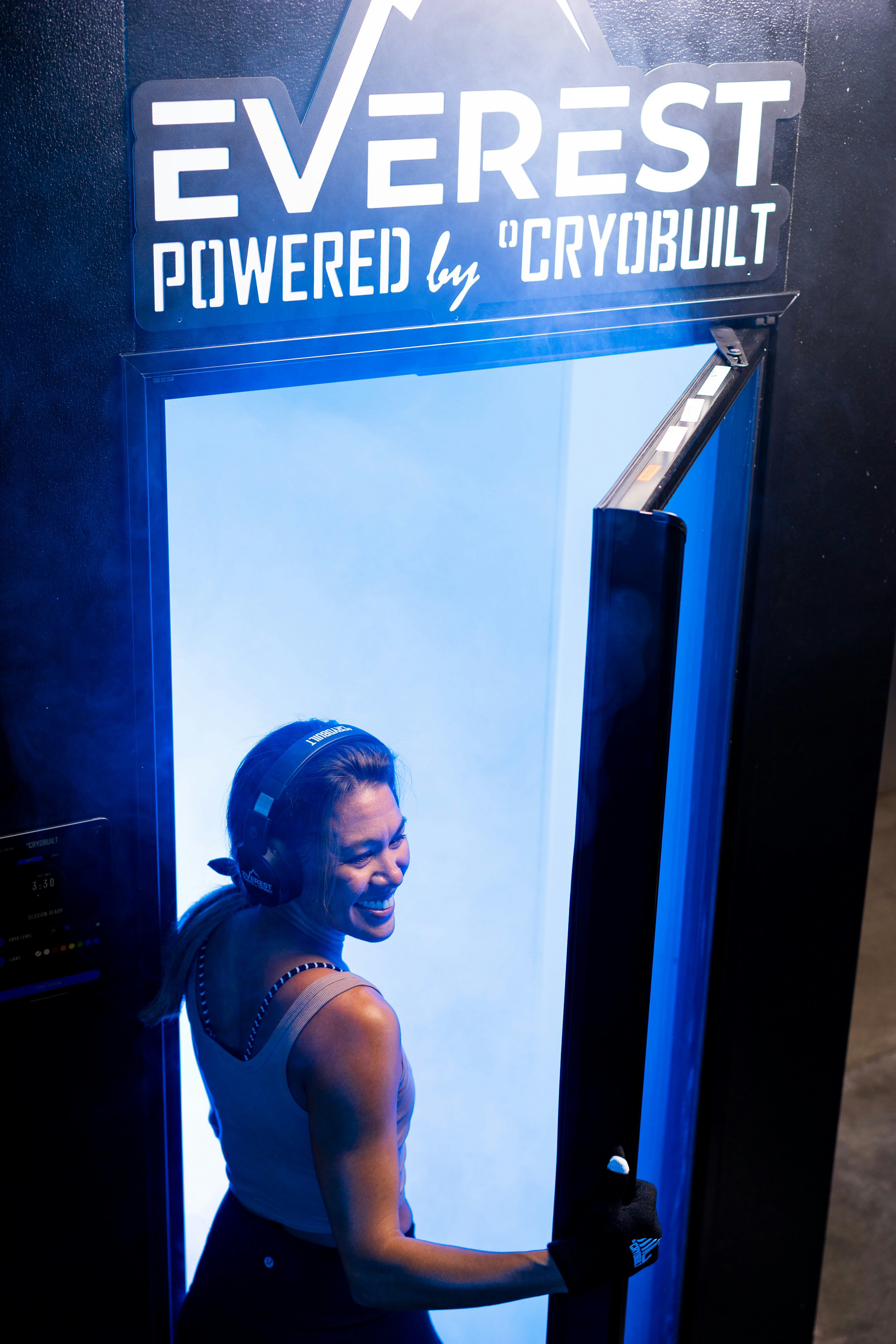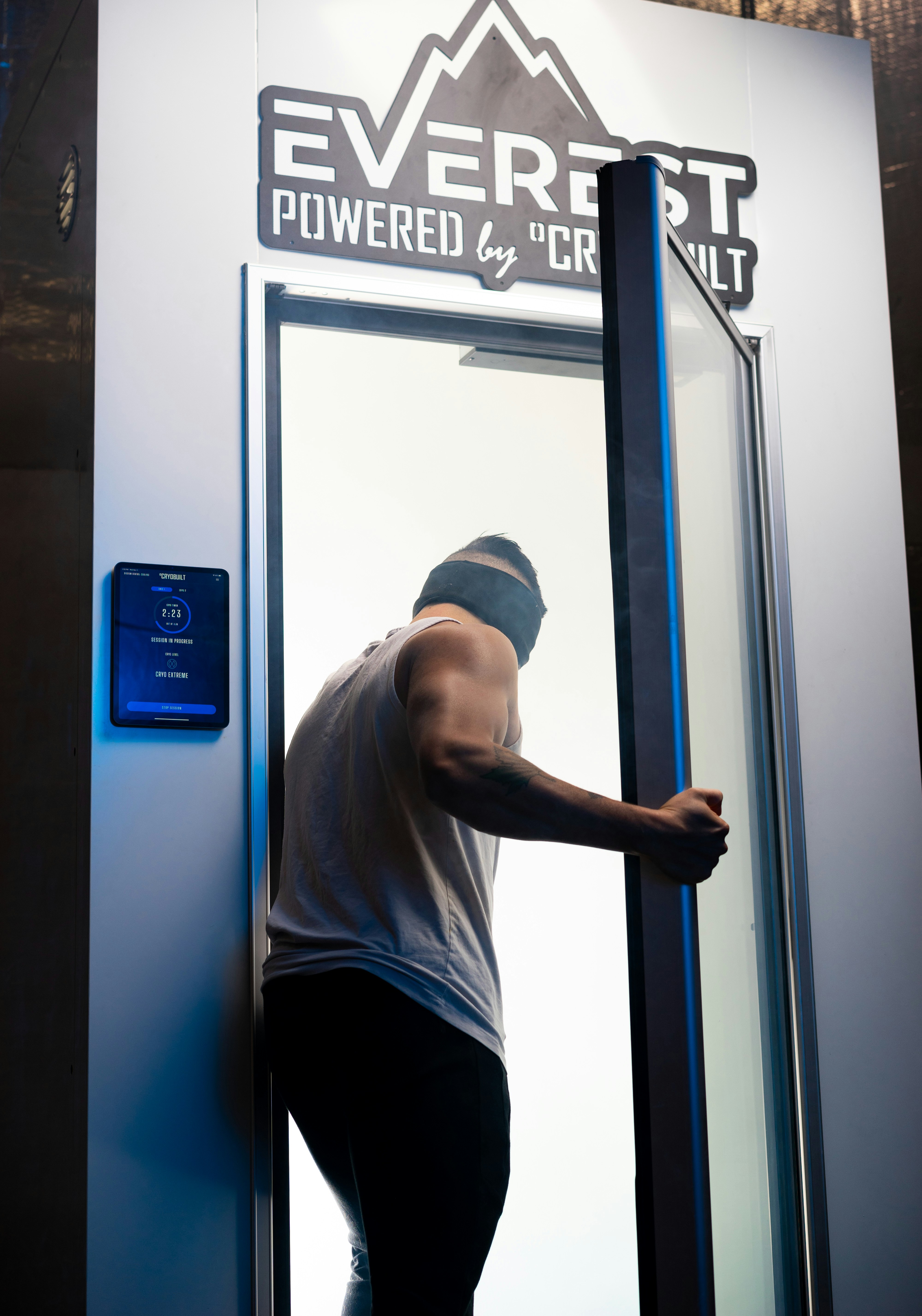Welcome to the world of athlete recovery! In this article, we will explore the benefits of incorporating cold plunges into your post-workout routine. From reducing muscle inflammation to improving circulation, cold plunges can help speed up your recovery process and ensure you are ready to perform at your best. So grab your towel and get ready to dive into the icy depths of athlete recovery with cold plunges!
Have you ever wondered how professional athletes recover so quickly after intense workouts or competitions? One secret that many athletes swear by is cold plunges. These icy dips can work wonders for your body, helping to reduce inflammation, muscle soreness, and fatigue. In this article, we will explore how cold plunges can maximize athlete recovery and help you perform at your best. So, are you ready to take the plunge?
The Science Behind Cold Plunges
Cold plunges, also known as cold water immersion or cryotherapy, have been used for centuries to promote healing and recovery. When you immerse your body in cold water, several physiological responses occur. The cold water constricts your blood vessels, slowing blood flow to the muscles. This reduction in blood flow helps to flush out metabolic waste products, reduce inflammation, and decrease swelling in the muscles.
How Cold Plunges Help with Recovery
When you subject your body to cold water, it triggers a process called vasoconstriction, where your blood vessels constrict and reduce blood flow to the muscles. This reduction in blood flow helps to remove metabolic waste products like lactic acid, which can build up during intense exercise and lead to muscle soreness and fatigue. Cold plunges also help to reduce inflammation, swelling, and tissue damage, all of which are common after strenuous workouts or competitions.
Benefits of Cold Plunges for Athlete Recovery
There are numerous benefits to incorporating cold plunges into your recovery routine as an athlete. From reducing muscle soreness to improving circulation, cold water immersion can help you recover faster and perform at your best. Let’s explore some of the key benefits of cold plunges for athlete recovery.
Reduces Muscle Soreness
One of the most significant benefits of cold plunges is their ability to reduce muscle soreness after intense exercise. By constricting blood vessels and decreasing inflammation, cold water immersion helps to alleviate the discomfort that often follows a tough workout. When you take a plunge after training, you can expect to experience less muscle soreness and stiffness the next day, allowing you to bounce back quicker and hit the gym or field with renewed energy.
Improves Circulation
Cold plunges can also improve circulation in the body, helping to deliver oxygen and nutrients to your muscles more efficiently. When you immerse yourself in cold water, your blood vessels constrict, forcing the blood to circulate at a faster rate. This increased circulation helps to remove metabolic waste products and promote muscle recovery, ensuring that your muscles receive the necessary nutrients to repair and grow.
Decreases Inflammation
Inflammation is a natural response to exercise, but when it becomes excessive, it can hinder your recovery and performance. Cold plunges are an effective way to combat inflammation by reducing the production of inflammatory mediators and promoting the release of anti-inflammatory substances. By immersing yourself in cold water, you can help to dampen the inflammatory response in your body, allowing for faster recovery and less pain.
Enhances Mental Well-Being
In addition to the physical benefits, cold plunges can also have a positive impact on your mental well-being. The shock of cold water immersion triggers the release of endorphins, also known as “feel-good” hormones, which can boost your mood and reduce feelings of stress and anxiety. Many athletes find that taking a plunge after a tough workout helps them relax and unwind, promoting a sense of calm and mental clarity.
How to Incorporate Cold Plunges into Your Recovery Routine
Now that you understand the benefits of cold plunges for athlete recovery, it’s time to learn how to incorporate this refreshing practice into your routine. While the idea of taking a dip in cold water may seem daunting at first, with the right approach and mindset, you can make cold plunges a regular part of your recovery regimen.
Gradual Exposure
If you’re new to cold plunges, it’s essential to start slowly and gradually build up your tolerance to cold water. Begin by taking short dips in cold water for a few minutes at a time and gradually increase the duration as you become more comfortable. By acclimating your body to cold water over time, you can train your nervous system to adapt to the shock and reap the full benefits of cold plunges.
Timing Matters
The timing of your cold plunge session can also impact its effectiveness. Many athletes choose to take a plunge immediately after a workout or competition to capitalize on the body’s natural healing processes. Cold water immersion post-exercise can help to reduce muscle soreness, inflammation, and fatigue, allowing you to recover faster and get back to training sooner. Experiment with different timings to see what works best for your body and recovery needs.
Contrast Therapy
For some athletes, alternating between hot and cold water immersion, known as contrast therapy, can provide added benefits for recovery. By exposing your body to both hot and cold temperatures, you can enhance circulation, reduce muscle soreness, and promote faster healing. Try starting with a few minutes in hot water, followed by a quick plunge in cold water, and repeat the process several times. This contrast therapy can help to flush out toxins, improve circulation, and boost recovery.
Listen to Your Body
As with any recovery practice, it’s essential to listen to your body and adjust your cold plunge routine as needed. Pay attention to how your body responds to cold water immersion, including any signs of discomfort, numbness, or shivering. If you experience excessive cold stress or discomfort, it’s crucial to exit the water immediately and warm up slowly. Remember, recovery is a personal journey, so tailor your cold plunge routine to suit your needs and goals.
Tips for a Successful Cold Plunge Session
To make the most of your cold plunge sessions and maximize their benefits for athlete recovery, here are some tips to keep in mind:
-
Pre-cool Your Body: Before taking a plunge, it can be helpful to pre-cool your body by drinking cold water, applying ice packs to your neck and armpits, or taking a cold shower. Pre-cooling can help to lower your core body temperature and enhance the effects of cold water immersion.
-
Stay Hydrated: Cold plunges can be dehydrating, so it’s essential to drink plenty of fluids before and after your session to stay hydrated. Proper hydration is crucial for muscle recovery, performance, and overall well-being, so make sure to replenish your fluids after taking a plunge.
-
Warm Up Afterwards: After your cold plunge session, it’s important to warm up gradually to avoid temperature shock and aid in recovery. Consider taking a warm shower, doing some light stretching, or wearing warm clothing to help your body return to its normal temperature.
-
Monitor Your Progress: Keep track of how your body responds to cold plunges over time, noting any changes in muscle soreness, recovery time, and performance. By monitoring your progress, you can adjust your cold plunge routine as needed and optimize its benefits for athlete recovery.

In Conclusion
Cold plunges are a powerful tool for maximizing athlete recovery and helping you perform at your best. By incorporating cold water immersion into your recovery routine, you can reduce muscle soreness, inflammation, and fatigue, while promoting faster healing and improved circulation. Whether you’re a professional athlete, weekend warrior, or fitness enthusiast, cold plunges can be a game-changer for your recovery and performance. So, are you ready to take the plunge and experience the benefits for yourself?




